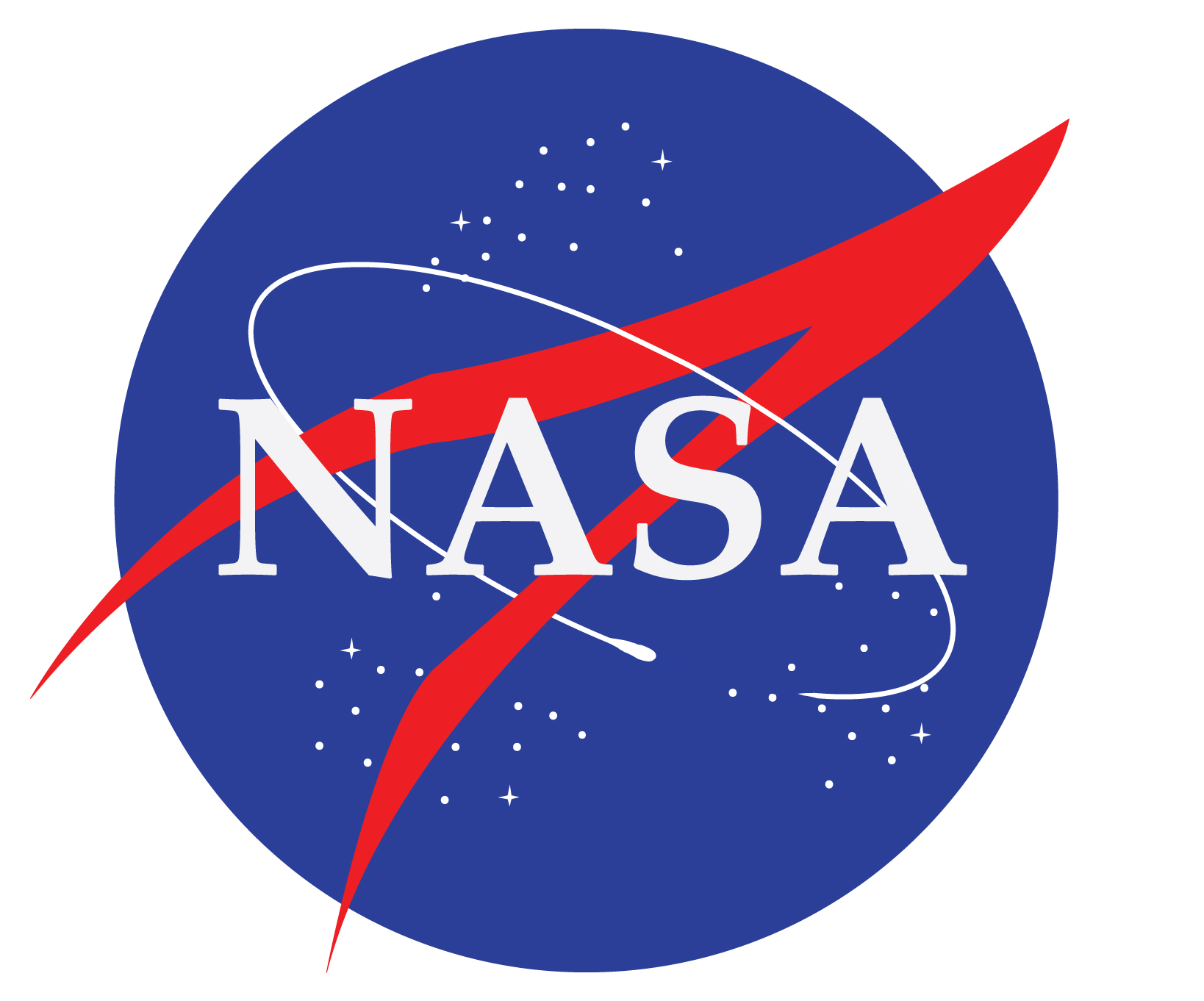Part 1 of 2 Parts
While there are many articles being published about private companies in space, it is easy to forget just how much groundbreaking research NASA is carrying out. NASA’s research is not all about space flight and telescopes, either. The goal of some NASA research is to support other space operations such as a base on the moon.
A lunar railway system, a fluid-based telescope, and a solar sail with quantum sensors are just some of the projects being pursued as part of ‘NASA’s Innovative Advanced Concepts ‘(NIAC) program. NIAC is a NASA program for the development of far reaching, long term advanced concepts by "creating breakthroughs, radically better or entirely new aerospace technology". The NIAC program funds work on revolutionary aeronautics and space technology that can dramatically impact how NASA develops and conducts its missions. The NIAC program aims to nurture and support visionary projects that can revolutionize space exploration including lunar bases. NASA has recently selected six concept studies for additional research and development.
To construct a base on the moon, one of the first things you must have is a reliable payload transport system. If you are sending materials from Earth, you need to be able to transport them from the landing pad to the lunar base once they have arrived on the Moon. For this, NASA is developing plans for an autonomous, magnetic railway system called the Flexible Levitation on a Track (FLOAT). Based on current plans, the railway could be available as soon as the 2030s.
FLOAT intends to use magnetic robots that can levitate over a thin flexible film track. The FLOAT project is led by Ethan Schaler from NASA’s Jet Propulsion Laboratory in Southern California.
The film and its support infrastructure consist of a graphite layer that allows robots to float passively via diamagnetic levitation, a flex-circuit layer that creates electromagnetic thrust for controlled movement along the tracks, and an optional solar panel layer that produces power for the base station when exposed to sunlight.
Unlike robots that use wheels, legs, or tracks to move, FLOAT robots would have no moving parts and would levitate above the track. This would reduce abrasion and wear from lunar dust which is very abrasive. This will make FLOAT significantly more efficient than any conventional rail systems for lunar applications.
FLOAT has two main applications. The first is to transport payloads between the landing pad and the lunar base. The second is to transport regolith (lunar soil and rocks) that the base would mine itself.
According to the planned project, individual robots will be able to transport payloads of up to one hundred tons per day, at speeds of over one and two tenths’ miles per hour. For lunar installations, this is an effective speed. It won’t require much preparation to set up. The film could be basically rolled or moved depending on the mission requirements. Even in the rugged lunar environment, FLOAT should be robust enough for a lunar base’s needs.
Please read Part 2 next
